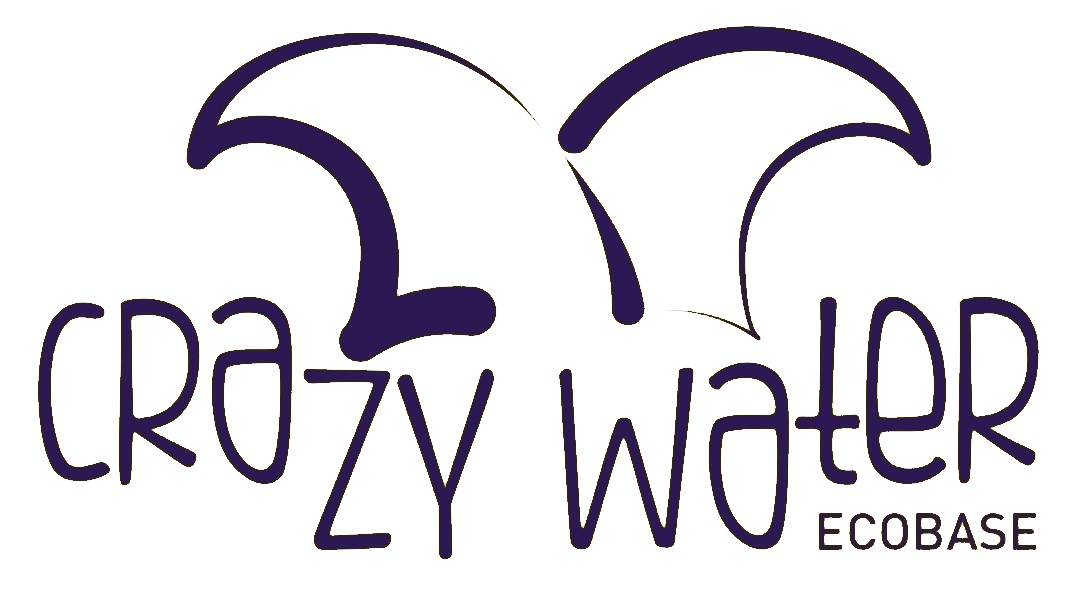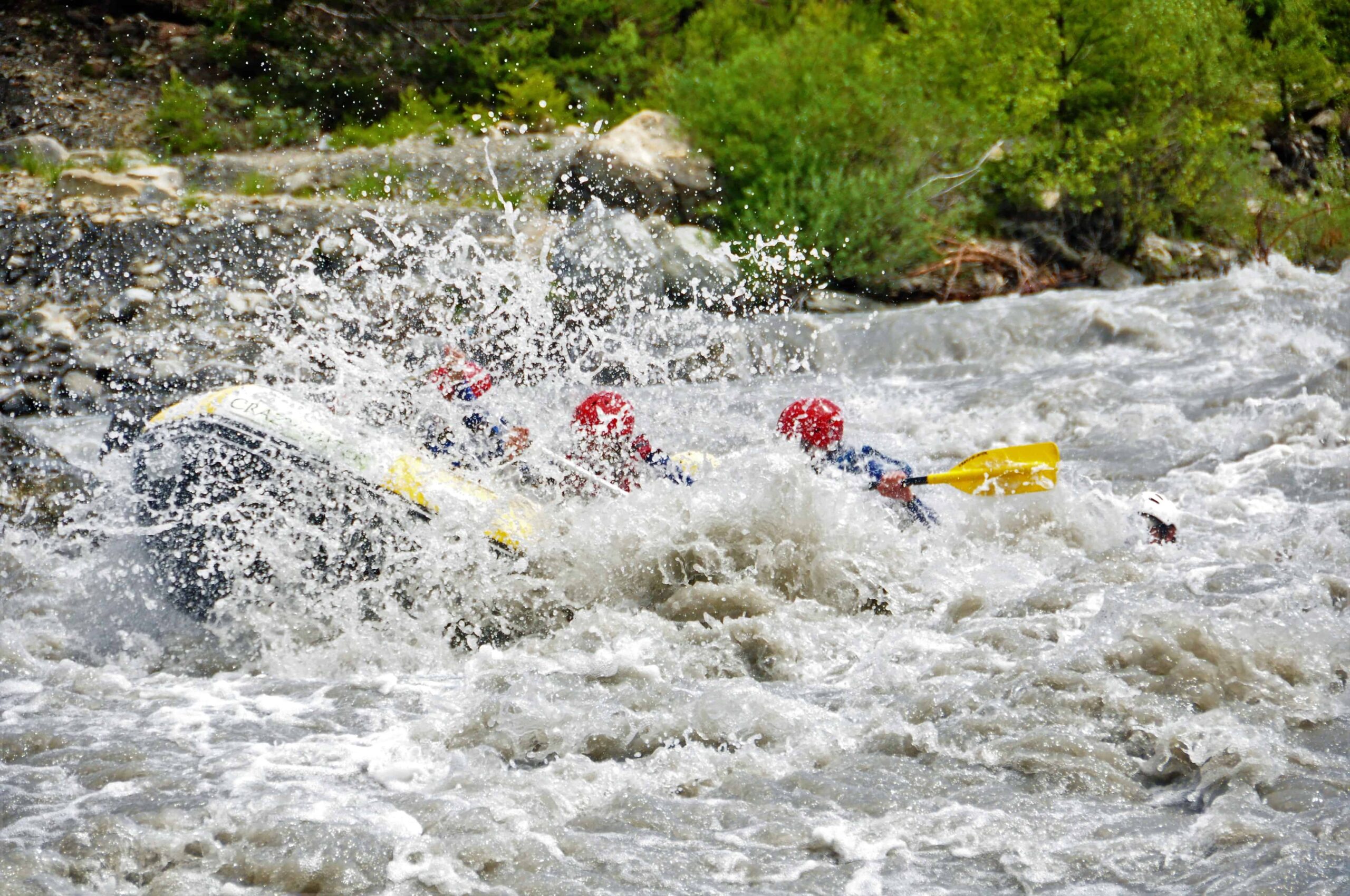What is the difference between canyoning and rafting?
Canyoning or rafting? When the call of white water is felt, adventure and adrenaline lovers often turn to two essential activities: canyoning and rafting. Although these two experiences share the same aquatic terrain, they offer distinct thrills and challenges that make them one of a kind.
In this article, we'll dive into the differences between canyoning and rafting, exploring their particularities and their own attractions.
Canyoning VS Rafting
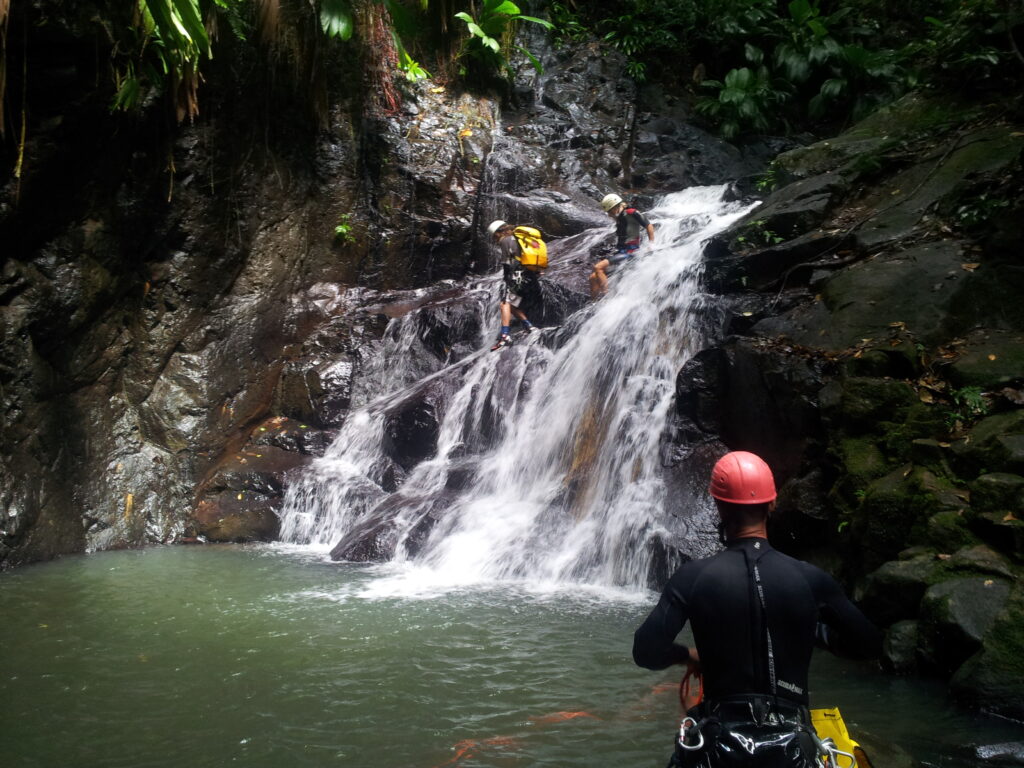
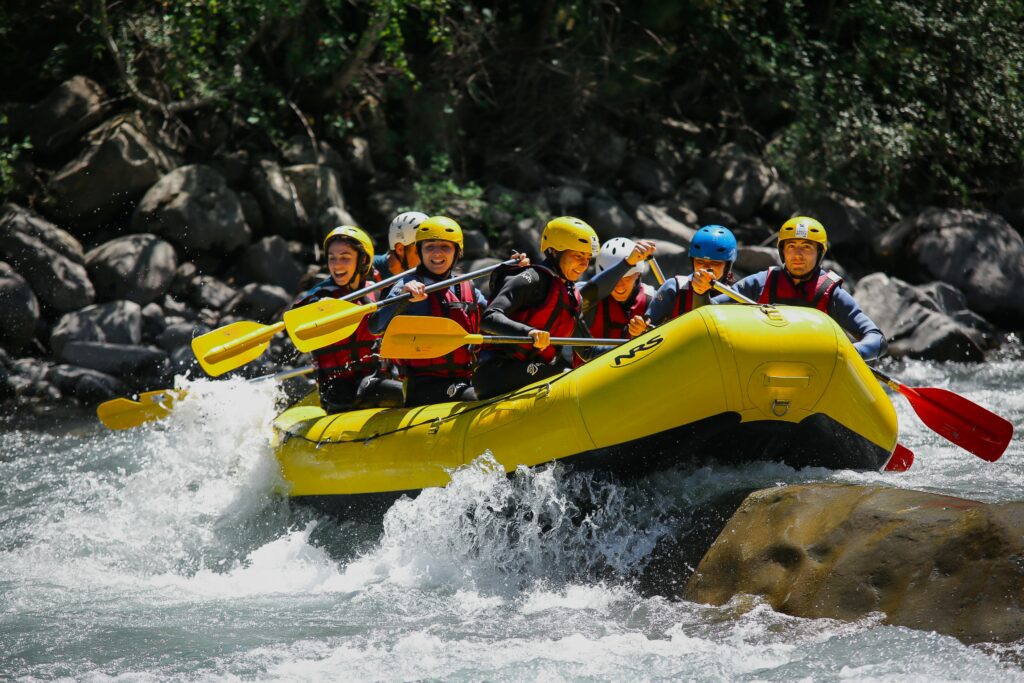
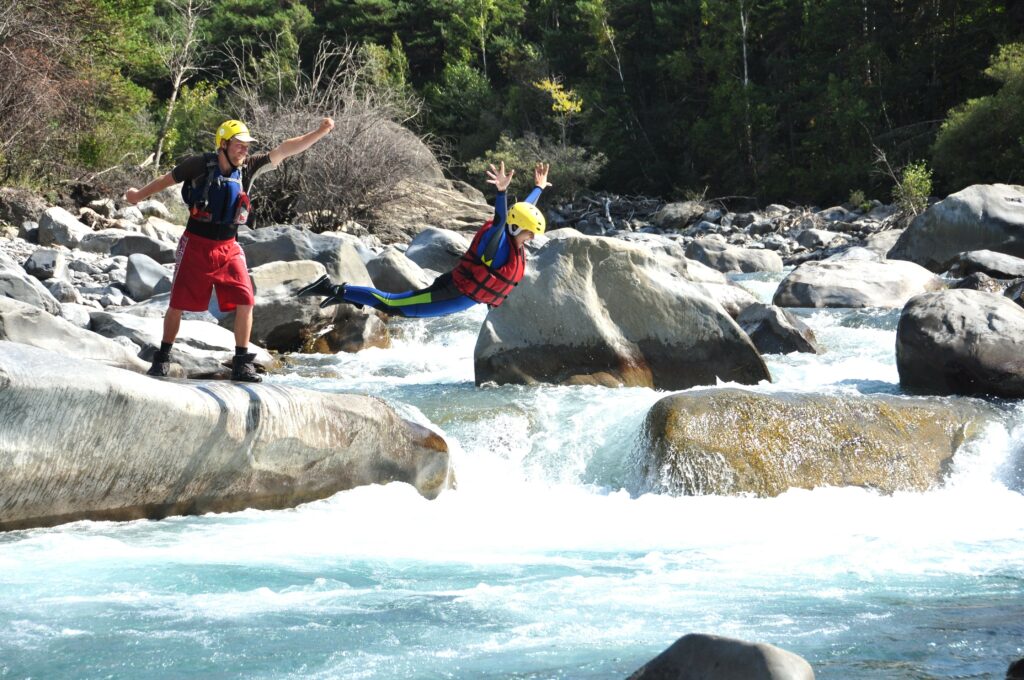
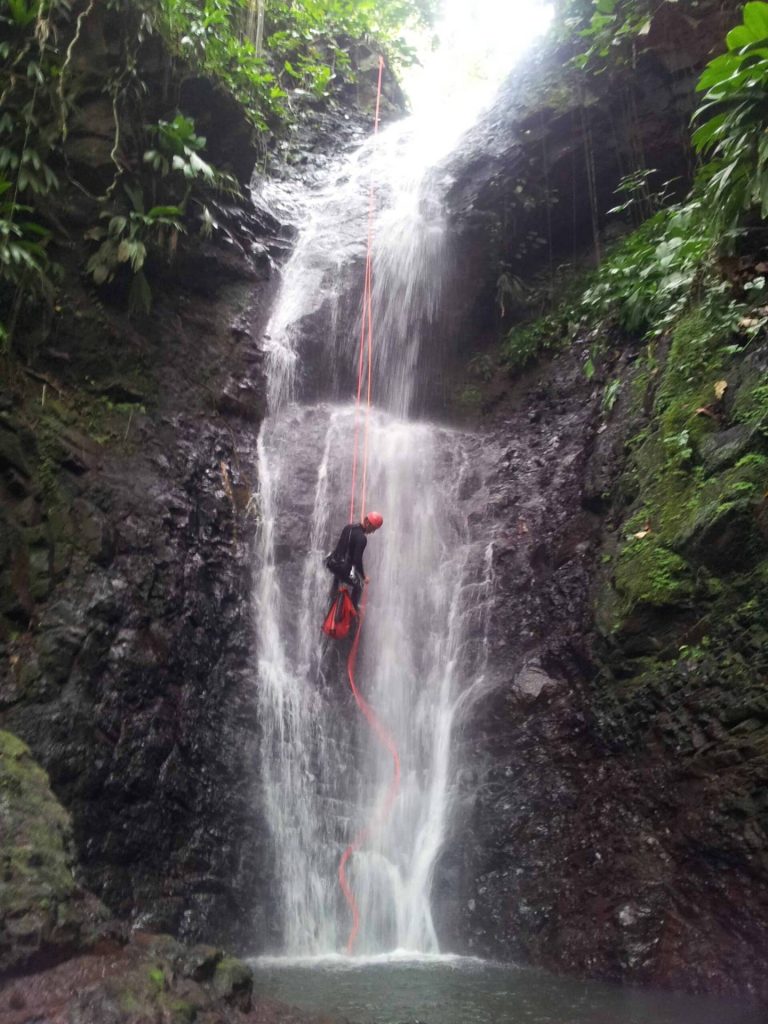
Canyoning: Harmony with Wild Nature
Canyoning is an experience that highlights the interaction between man and raw nature. It involves following the bed of a canyon, crossing natural obstacles such as waterfalls, rocks and pools. Participants generally wear a neoprene suit to protect themselves from the cold and scrapes, as well as a helmet for their safety. Canyon descents can vary in difficulty, from courses suitable for beginners to adventures reserved for the more seasoned.
What sets canyoning apart is the intimacy it offers with nature. Participants explore hidden gorges, discover otherwise inaccessible nooks and crannies, and feel a true connection with the natural elements. Rappelling down waterfalls and diving into natural pools create an atmosphere of constant discovery and excitement.
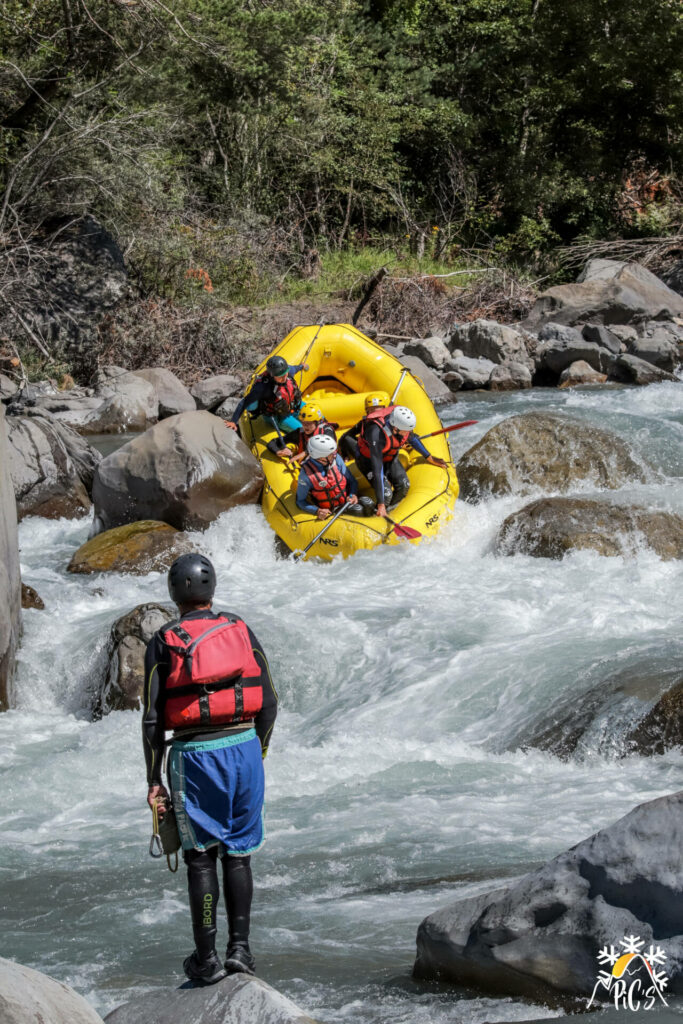
Rafting: Team Spirit in Frenzied Waters
Rafting, on the other hand, emphasizes teamwork and coordination in turbulent river rapids. Participants board an inflatable raft designed specifically for whitewater, and under the guidance of an experienced guide, they brave swirling currents and frenetic rapids.
Unlike canyoning, rafting requires less individual skill, but relies more on team cooperation and communication. Participants must paddle in harmony to steer the raft in the right direction, dodging rocks and navigating through rushing waters. Rafting offers a social and stimulating experience, perfect for groups of friends, families or colleagues.
Canyoning or Rafting, what to choose?
The choice between canyoning and rafting depends largely on your personal preferences and experience level. If you are looking for a more intimate adventure with nature, waterfalls and breathtaking landscapes, canyoning might be your best choice. On the other hand, if you crave a group experience, the thrill of the rapids and the cooperation needed to tame the rushing waters, rafting might be better for you.
Whatever experience you choose, it is essential to follow the safety instructions provided by the professional guides. Both activities carry risks, but with the right precautions and under expert supervision, they can provide unforgettable moments of excitement, connecting with nature and strengthening social bonds.
Do not hesitate to contact us : crazy water
The 4 Reasons to Prefer Rafting in Ubaye
An Incomparable Adventure
When it comes to choosing between rafting and canyoning, there is no denying that rafting offers a unique and unforgettable experience. While both activities have their distinct charms, here are a few reasons why Ubaye rafting can be considered a superior option for adrenaline and adventure seekers.
1. Team Spirit and Collaboration
Rafting is an experience that promotes cohesion and collaboration within the group. Paddling as a team to tackle the rapids requires perfect synchronization, clear communication and mutual understanding. This creates an exceptional opportunity to strengthen bonds between participants, whether between friends, family or even colleagues. The satisfaction of overcoming the challenges of the river together creates lasting memories and stories to share.
2. Accessible to All Levels
Rafting is often more accessible than canyoning in terms of skills required. Even novices can participate safely, as experienced guides provide clear instructions and guide every step of the expedition. This makes it a great option for people looking for a thrilling experience without requiring prior technical skills.
3. Diversity of the Rapids
The rivers offer a diverse range of rapids, allowing participants to choose their level of difficulty based on their confidence and experience. From calm rapids for beginners to raging torrents for the more experienced, there is an adventure for everyone. This flexibility ensures that everyone can enjoy the excitement of whitewater, regardless of their skill level.
4. Feeling of Escape and Adventure
Rafting offers an incomparable feeling of escape as you glide through the rapids, feeling the power of the water while being in harmony with nature. The combination of adrenaline, strong emotions and the surrounding panorama creates an experience that remains engraved in the memory. You will have the impression of living an adventure worthy of intrepid explorers, while benefiting from the professional supervision necessary to guarantee your safety.
Conclusion
Although canyoning has its own attractions, rafting stands out for its team spirit, its accessibility to all levels, its diversity in terms of rapids and its unrivaled feeling of escape. If you're looking for an exhilarating experience, camaraderie and memories that will last a lifetime, rafting might just be the perfect option to satisfy your thirst for adventure. So, gather your friends, get ready to paddle and brave the rushing waters for an experience that will leave you with an uncontrollable smile on your face.

